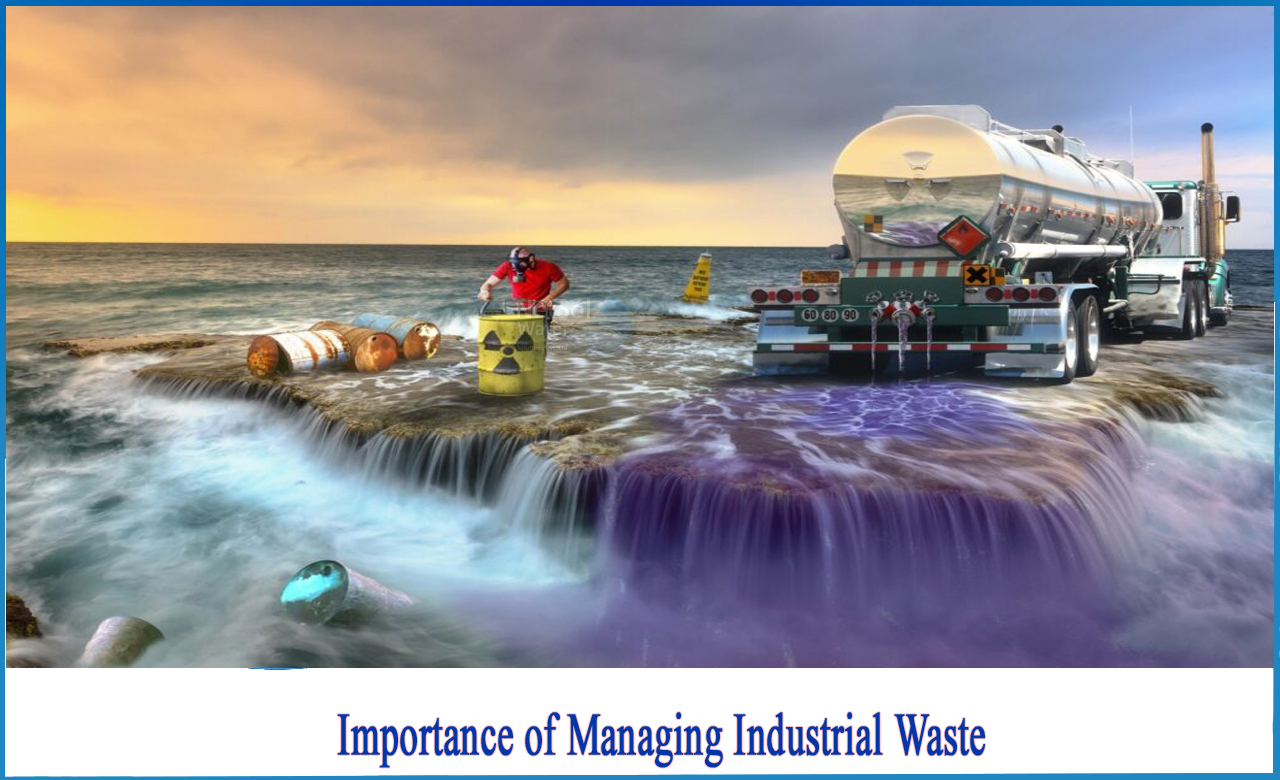The Single Strategy To Use For Reclaim Waste
Table of ContentsThe smart Trick of Reclaim Waste That Nobody is Talking AboutReclaim Waste - The FactsOur Reclaim Waste IdeasSome Known Details About Reclaim Waste Some Of Reclaim Waste
Discover the types, occurrences, and types of liquid waste. Domestic sewage waste refers to the waste and products from a property septic container. This sort of waste is developed by humans in residences, colleges, and various other structures. This only includes septic storage tanks that have a drainpipe field. The proper monitoring and disposal of domestic sewage waste require liquid waste to be moved to a sewer therapy plant where the correct approaches and tools are related to cleanse and get rid of waste.
Commercial waste typically includes possible risks, such as flammable products or a mixture of liquid and strong waste products, and requires an extra innovative and in-depth disposal process. The disposal of commercial waste normally involves the filtration of waste prior to transport to guarantee secure and proper disposal. Hazardous waste is created from by-products and drainage of industrial procedures and production.
This type of waste can not utilize the very same sewage monitoring transport or processes as septic or business fluids. The hazardous waste monitoring procedure calls for the evaluation and screening of fluid waste prior to it undertakes the disposal process (industrial wastewater treatment). Overflow waste is the fluid waste that originates from drainage and excess stormwater in extremely booming locations or cities
Runoff waste can create contamination and flooding if not taken care of properly. Guaranteeing proper waste management can avoid catastrophes and decrease environmental damage.
Not known Details About Reclaim Waste
Contact PROS Providers today to learn regarding our waste management and disposal services and the correct ways to look after the liquid waste you produce.
Do you know what takes place to your water when you end, flush the commode or drain pipes the washing device? No? Well, it deserves knowing. This supposed 'wastewater' is not just an important source yet, after treatment, will certainly be launched to our land, waterways or the sea. Utilized water from commodes, showers, bathrooms, kitchen sinks, washings and commercial procedures is known as wastewater.

water utilized to cool machinery or tidy plant and devices). Stormwater, a form of wastewater, is drainage that moves from agricultural and city areas such as roofings, parks, gardens, roads, courses and rain gutters right into stormwater drains, after rainfall. Stormwater flows untreated directly to neighborhood creeks or rivers, ultimately getting to the ocean.
Our Reclaim Waste Diaries
In Queensland, many wastewater is dealt with at sewer therapy plants. Wastewater is transported from residential or industrial websites via a system of sewage systems and pump terminals, recognized as sewage reticulation, to a sewage treatment plant.
The Division of Natural Resources advises city governments about managing, operating and keeping sewage systems and treatment plants. In unsewered locations, neighborhood federal governments might call for homeowners to set up individual or household sewage treatment systems to deal with residential wastewater from toilets, kitchen areas, restrooms and laundries. The Department of Natural Resources authorizes using family systems when they are shown to be efficient.
Most stormwater obtains no therapy. In some new neighborhoods, treatment of some official website stormwater to eliminate trash, sand and gravel has begun utilizing gross pollutant catches. Wastewater treatment occurs in 4 stages: Removes solid issue. Bigger solids, such as plastics and other objects wrongly discharged to sewers, are gotten rid of when wastewater is gone through screens.
Utilizes tiny living organisms recognizes as micro-organisms to break down and get rid of remaining dissolved wastes and great particles. Micro-organisms and wastes are included in the sludge.
Some Known Questions About Reclaim Waste.
Nutrient elimination is not available at all sewage therapy plants because it requires expensive specialist tools. Clear liquid effluent generated after therapy might still have disease-causing micro-organisms - industrial wastewater treatment.

This normally suggests wastewater has actually to be treated or contaminants eliminated before it can be discharged to waterways. The majority of wastewater streams into the sewage system. Under the Act, neighborhood governments administer approvals and permits for environmentally appropriate activities (Periods) entailing wastewater releases that might have a regional impact. The department carries out authorizations and licences to Periods including wastewater releases that could have a regional or statewide impact.
The 10-Minute Rule for Reclaim Waste
Surveillance provides factual details about water high quality and can validate that permit conditions are being fulfilled. The details gotten with surveillance provides the basis for making water quality decisions.
Comments on “See This Report about Reclaim Waste”